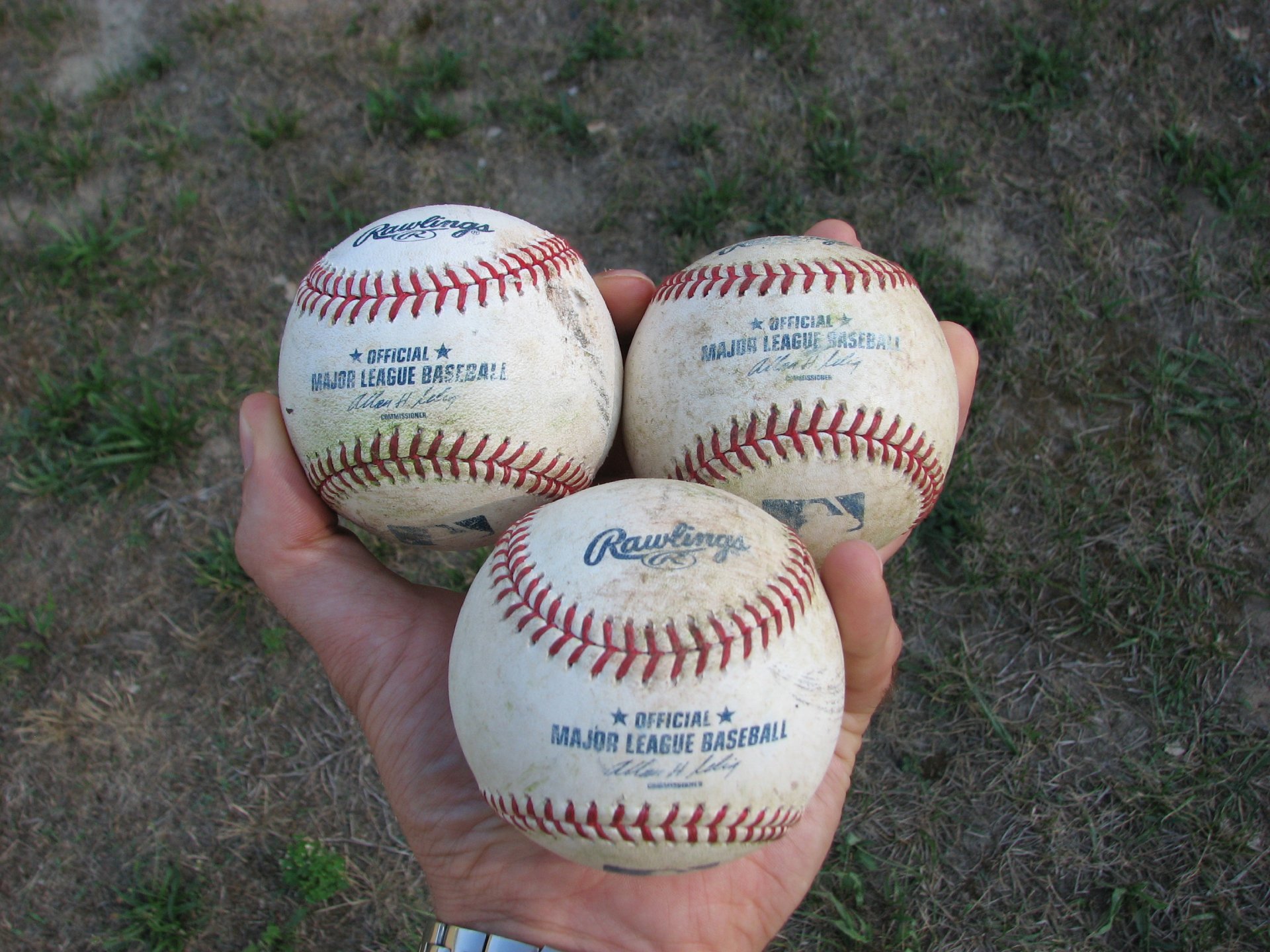
Arthur W. Perdue Stadium is simply one of the best ballparks you’ll ever come across when it comes to getting a ball. Like most other Minor League parks, Perdue Stadium doesn’t open its gates until batting practice is over. Don’t be dismayed — long before you walk through the gates, you should have at least one batting practice ball in your possession.
The key is to arrive at the ballpark early. Gates open an hour before first pitch, but the parking lot is open an hour before the gates, so get there as early as you can. If you’re an hour or more early, you’ll be among the first few fans, which greatly increases your odds of snagging a baseball. Once you park, walk back down the driveway that runs behind the first base side until you reach the right field corner. As soon as you approach the area, you’ll be able to tell pretty quickly if batting practice is taking place because of the noises from the field. If BP is on, there’s virtually no chance you won’t get a ball. If it’s not on, you still might get lucky. When you look to your left, you’ll see the area behind the outfield fence. This is where you want to be.
As batting practice home runs sail over the outfield fence, they’ll land in this area. If BP has been underway for a while, take a walk along the fence and look for balls. If BP is just beginning or isn’t being held, you still have a shot at finding a ball from an earlier game or BP session. Take special care to look beneath the trees and bushes in the area, as balls can be easily hidden in these areas. There’s a large, gravel parking lot beyond the right field corner that’s used to set off fireworks during post-game shows. Look through this area, too. When a ball lands in the grass, it won’t roll too far. But when it lands at the edge of the gravel lot, it can easily roll farther than you might expect. If the lot has wooden pallets and debris from past fireworks shows, expect to find one or more balls hiding in the area.
Once you’ve picked up all the balls you can find, stand several yards behind the fence and face the field. The balls that fly over do so with little warning, so standing a safe distance from the fence is important. Plus, the farther you are away, the easier it will be to notice balls that fly over the fence some distance from you.
It’s common to see other fans in this area with the same intentions as you. Fortunately, there will be plenty of balls to share and given the size of the area beyond the fence, you can find your own zone to patrol. And remember, if you’ve managed to grab a handful, consider giving one to any baseball-loving kid who comes to the area.
When the game begins, it’s always ideal to find a seat in a scarcely inhabited section. In this scenario, you give yourself the best chance of being the first fan to reach a foul ball hit into the general area. Another trick to Perdue Stadium is making use of the wide concourses, especially deep along the lines. Foul balls often land in these areas, so keep your eyes open and your glove hand ready.
Read More
- Delmarva Shorebirds Tickets »
- Arthur W. Perdue Stadium
- Autograph Tips For Arthur W. Perdue Stadium
- Delmarva Shorebirds History
- Finding Your Way Around Arthur W. Perdue Stadium
- How To Get A Ball At Arthur W. Perdue Stadium
- How To Get To Arthur W. Perdue Stadium
- What To Eat At Arthur W. Perdue Stadium
- Where to Park at Arthur W. Perdue Stadium
- Where To Sit At Arthur W. Perdue Stadium
You must be logged in to post a comment.